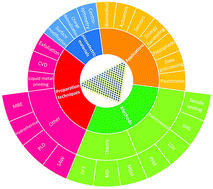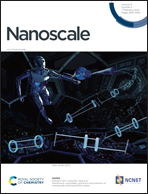Peculiar piezoelectricity of atomically thin planar structures
Abstract
The emergence of piezoelectricity in two-dimensional (2D) materials has represented a milestone towards employing low-dimensional structures for future technologies. 2D piezoelectric materials possess unique and unprecedented characteristics that cannot be found in other morphologies; therefore, the applications of piezoelectricity can be substantially extended. By reducing the thickness into the 2D realm, piezoelectricity might be induced in otherwise non-piezoelectric materials. The origin of the enhanced piezoelectricity in such thin planes is attributed to the loss of centrosymmetry, altered carrier concentration, and change in local polarization and can be efficiently tailored via surface modifications. Access to such materials is important from a fundamental research point of view, to observe the extraordinary interactions between free charge carriers, phonons and photons, and also with respect to device development, for which planar structures provide the required compatibility with the large-scale fabrication technologies of integrated circuits. The existence of piezoelectricity in 2D materials presents great opportunities for applications in various fields of electronics, optoelectronics, energy harvesting, sensors, actuators and biotechnology. Additionally, 2D flexible nanostructures with superior piezoelectric properties are distinctive candidates for integration into nano-scale electromechanical systems. Here we fundamentally review the state of the art of 2D piezoelectric materials from both experimental and theoretical aspects and report the recent achievements in the synthesis, characterization and applications of these materials.

- This article is part of the themed collections: Chemistry of 2D materials: graphene and beyond, Recent Review Articles and Celebrating our 2020 Prize and Award winners


 Please wait while we load your content...
Please wait while we load your content...